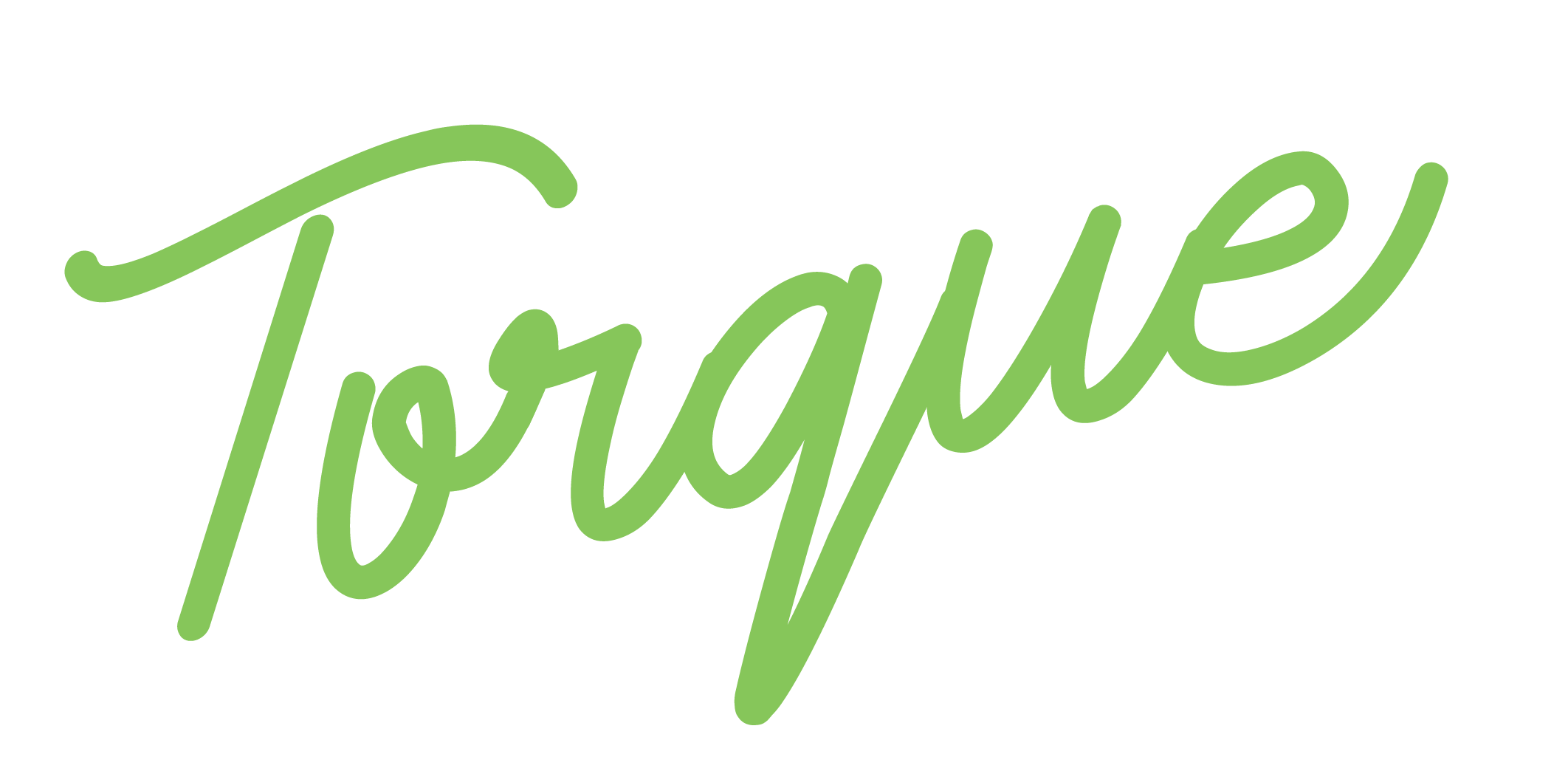
Employee Value Proposition – the perception, the promise, and the lived experience
May 1
/
Megan Hudson

Just two to three generations ago, it was commonplace to get your first job, and to stay with the same company for your entire career. You would probably progress through the ranks from a junior position to a senior one, and then retire. For most people, life was relatively predictable.
But not anymore.
We live in an increasingly VUCA (Volatile, Uncertain, Complex, Ambiguous), BANI (Brittle, Anxious, Non-linear, Incomprehensible), RUPT (Rapid, Unpredictable, Paradoxical, Tangled), TUNA (Turbulent, Uncertain, Novel, Ambiguous) world. Whatever acronym you choose to use, the message is clear: things aren't as clear-cut and predictable as they once were, yet humans are wired by evolution to seek out clarity, predictability, and stability.
And this is where we see the power of the Employee Value Proposition or EVP.
Businesses boasting clear EVPs witness a fourfold increase in employee commitment levels at the onset of employment; a commitment that endures throughout the first year of employment. Gartner research also found that the salary required to attract and retain talent was half that of companies without a clear EVP, while retention was 87% higher with a clear EVP. Other research conducted by Gartner shows that businesses that effectively deliver on their EVP can decrease annual employee turnover by almost 70% and increase commitment from new employees by nearly 30%.
It embodies the tangible (benefits, and remuneration), as well as the intangible. It’s the promise that keeps on giving. It’s something that existing and potential employees can, or should be able to, count on. So, what are the rules when it comes to EVPs?
- Consistency
- Authenticity
- Credibility
It comes down to an exchange that you can trust.
The EVP fundamentally needs to do three main things: It needs to attract, retain, engage, and involve employees. It needs to make good business sense (no use promising something that you can’t deliver). Ultimately, it needs to inspire customer loyalty.
David Rock’s highly-acclaimed book, The Mind at Work, proposed a neuroscience-based model – the SCARF model – that outlines five domains that influence how our brains behave to minimise threats and maximise rewards. This involves status, certainty, autonomy, relatedness, and fairness.
A strong EVP tells employees that they are valuable and valued (status). It delivers a degree of predictability about the future by clearly spelling out where current and future employees stand and what they can expect (certainty). Autonomy relates to our perception of having control over our environment and our choices. The relatedness we experience is influenced by the degree to which we feel connected, a sense of belonging, and shared trust. Additionally, a strong sense of fairness – characterised by transparency and clarity around expectations – can mitigate our brain’s ‘fight or flight’ response.
This becomes increasingly important when we consider that Sapiens Labs’ Mental State of the World 2022 report ranked South Africa as the country with the highest percentage of its population struggling with mental health and distress. “The top challenge that human resource professionals are concerned with is keeping the workforce engaged and productive in the face of ongoing retrenchments, the spiralling cost of living, load shedding, and the fact that 44% of South Africans have impaired credit records. All these factors are converging to create enormous contributory pressures when it comes to employees’ anxiety levels”. says Jacqui Nel of Aon South Africa.
Delivering on a well-developed EVP is one small way for companies to positively contribute towards reducing stress and uncertainty – increasing their employees’ sense of autonomy and belonging, and creating an environment in which they can withstand the pressures from a VUCA, BANI, RUPT and TUNA macro-environment.
What is an EVP and how does it differ from an Employer Brand?
The difference between the EVP and the employer brand lies in the gap between perception and delivering on a promise. The EVP is the internal expression of the reciprocal relationship between the company and the employee, while the employer brand is the external representation of the EVP. It’s vital for them to be closely aligned.
According to HR Daily Advisor, 92% of people (more than nine out of ten) would consider changing jobs if offered a role with a company with an excellent corporate reputation. Replace the words “corporate reputation” with EVP and employer brand and you quickly see how important this is to ensure that you don’t bleed talent.
While an EVP is a promise to employees of what they get in return for their work, the employer brand is how candidates and the talent market perceive an organisation's reputation in the job market. According to LinkedIn, a strong employer brand can reduce employee turnover by almost a third.*
The EVP is the alignment of the business goals, brand, and behaviour to the lived and felt experience of the employee in the course of their everyday work. It is therefore inextricably intertwined with the employer brand and the employee experience, as the embodiment of the organisational culture, physical, and technological environments that enable and empower the employee, flexible human resource policies and practices, and inclusive leadership.
Employees are increasingly seen as the consumers in the workplace. Just as marketing departments have long been at pains to develop a product’s USP (unique selling proposition) that sets their product apart from the competition, companies need to have an EVP that differentiates them in the marketplace and makes existing employees want to stay, and top talent want to join the company.
The EVP underpins the exchange between employee and employer. Simply put, it’s a deal between the two. It is a two-way dance of reciprocal value encompassing what the company offers the employee in terms of remuneration, rewards and benefits in exchange for what the employee offers the company in terms of skills, advocacy, productivity, creativity, engagement, and innovation.
So, what exactly is in it or the employee? For starters, when the EVP and employer brand are perceived to be good, the employee’s professional brand is automatically enhanced. When someone works for a company that we perceive to be “a good company”, we make the assumption that the person must be really good at what they do too.
But the EVP also resides in the policies and procedures of the company. Aside from the ordinary benefits (medical aid, pension or provident fund, and annual leave), what additional benefits does the company offer? How does the company treat parental leave? Do they offer additional support for single parents? Do they offer flexible working hours and a hybrid workplace, and how does it create and maintain employee engagement and involvement in a hybrid working environment? What are the opportunities to grow and develop? What does the company do to make employees feel that they belong?
Recent research conducted by PwC and Remchannel highlighted the need for companies to place more strategic emphasis and consideration on the ‘war for talent’ by applying greater innovation and imagination to ‘fringe’ benefits, and to use technology more effectively to provide data for data-driven decision-making and policy development.
The EVP is the answer to the question of why should I work for you and not somewhere else? And it is here that the employer brand takes centre stage as the external means of communicating the EVP to potential employees.
The single biggest mistake that a company can make is not delivering on the perception created by the employer brand by breaking the EVP promise, and it can be broken in a flash along the employee journey. For example, if a company professes to be invested in the well-being of its employees, but they regularly need to work longer hours, and are expected to take calls and answer emails over weekends. There’s a clear disconnect in how that company walks its talk.
Creating an EVP
Regardless of where you are in the process of developing your company’s EVP, you need to ensure that you are constantly monitoring and evaluating your policies, and your online brand presence, – including reviews on platforms like Glassdoor. Your listening strategy needs to extend beyond annual Voice of Employee surveys and exit interviews.
Where possible, you need to benchmark your offering against your competitors to see what differentiates you in the heads and hearts of the talent that you want to attract and retain. This ensures that your EVP is– not a one-size-fits-all.
You also want to ensure that your EVP is attracting and retaining the right kind of people. You EVP needs to be clear about who is and who isn’t a good fit for your organisation.
According to HR Daily Advisor, 92% of people (more than nine out of ten) would consider changing jobs if offered a role with a company with an excellent corporate reputation. Replace the words “corporate reputation” with EVP and employer brand and you quickly see how important this is to ensure that you don’t bleed talent.
From this process of continual monitoring and evaluation, your EVP and its core promises should start to emerge. You should be able to offer proof of the lived reality within your organisation and it’s possible that you will start identifying potential and existing key differentiators.
6 pillars of an EVP
At Torque, we work with a 6-pillar model of EVP when creating the EVP architecture, which includes these dimensions:
Company
Growth
Employee experience
The all-important employee experience speaks to all five dimensions of the SCARF model in one way or another: status, certainty, autonomy, relatedness, fairness. Done well, an employee experience creates employee advocacy. We live in an experience economy where people are prepared to pay a premium for the experience. As a result, employees will offer their best in exchange for an optimal employee experience.
Rewards, remuneration and benefits
Company
The foundation of the EVP is the embodiment of the company’s values, purpose and mission. Glassdoor found that the highest predictors of workplace satisfaction are values and culture. Increasingly, younger generations entering the workforce have an expectation for employers to create meaning and purpose in the workplace and for organisations to demonstrate that they are good global citizens, committed to issues like climate change, and actively demonstrating CSI.
At its core, an organisation needs to capture the hearts and minds of employees. Successful and sustainable brands engage emotions. Similarly, the closely interlaced employer brand and EVP needs to do the same.
Growth
How interesting is your job and role? As you’re sitting reading this, what are your prospects for growth and evolution with your company? Would you still be where you are, and would you be as committed as you are if you felt that you’d reached a glass ceiling beyond which you couldn’t progress?
The ability to grow – whether it’s in skills, knowledge, and experience, or into more senior positions, or even to work in different locations around the globe – speaks to two of the dimensions in the SCARF model that we mentioned earlier: status and autonomy. Where and how does your EVP provide opportunities for growth?
Security
One of the biggest tests of an EVP is how it withstands a crisis. COVID-19 was a pivotal turning point in which the strength of the promise that underpins an EVP was put to the test. The pillar of security speaks directly into the SCARF dimension of certainty. Contrary to stereotypes about younger generations, they also value predictability and control over their destiny, just like their older counterparts. How do you think your EVP will stand up in a crisis?
Employee experience
An EVP is one of the cornerstones of the employee experience and both flow through the entire employee journey from start to part. Every employee has an employee experience – whether it be good or bad, and whether or not the company has paid attention to it. Organisations that excel invariably have a deliberately crafted employee experience that touches on everything from the company policies and how fair, transparent, and accessible they are, to the company culture and how employees feel in the workplace. At Torque, for instance, if someone confuses Star Wars with Star Trek, lacks an appreciation for Lego, sarcasm, fun, and gifs, they may not align well with our ethos (alongside other more significant considerations)
The all-important employee experience speaks to all five dimensions of the SCARF model in one way or another: status, certainty, autonomy, relatedness, fairness. Done well, an employee experience creates employee advocacy. We live in an experience economy where people are prepared to pay a premium for the experience. As a result, employees will offer their best in exchange for an optimal employee experience.
Rewards, remuneration and benefits
50% of candidates say that they wouldn’t work for a company with a bad reputation, even with a pay increase (Randstad).
Research conducted in 2022 confirms that competitive pay and rewards are inadequate when it comes to attracting and retaining top talent. Organisations need to manage both “pre-entry expectation” and “post-entry experience". (Employee Experience: The New Employee Value Proposition; Panneerselvam, S and Balaraman, K; Strategic HR Review; October 2022). The case for a strong EVP builds.
It is in this pillar that hidden differentiators often emerge during the monitoring and evaluation. In this pillar, status, certainty, and fairness play a big role, providing a significantly competitive edge.
Diversity and inclusion
“Diverse companies outperform their more homogenous peers across a number of different metrics, including innovation, profit, and customer satisfaction.” (Vervoe). Diversity goes further than the obvious gender, race, cultural diversity to include diversity of thinking and behavioural styles. This pillar is associated with the relatedness dimension – the extent to which we feel safe with others and feel that we are amongst friends rather than foes.
Running DEI training isn’t enough if it doesn’t go deeper than surface level. Effective Employee Resource Groups (ERGs), internal policies and practices, and visible diversity across all business levels exemplify the lived experience of the diversity and inclusion pillar in day-to-day operations.
The biggest challenges to look out for when building an EVP
In times of crisis, as Carl Jung famously said, “we leak the truth”. Your EVP needs to be able to consistently live up to its promise and sustain it, regardless of what else might be happening in the macro-environment. Your EVP needs to remain intact during business as usual and business as unusual.
Your EVP needs to be stress-tested, using scenarios to see where the leaks might be. Evaluate your policies, procedures, ways of working, and even your people. One leader making a poor decision because they’re having a bad day could be the cause of all the hard work collapsing.
As an example, a senior leader in a leading pharmaceutical retail chain sent out an ill-considered memo around the hiring policy that completely undermined the company’s DEI pillar. The memo went viral and the share price plummeted. The company has struggled to re-establish its standing ever since. There will always be this stain associated with this company’s DEI and hiring policies because the lived evidence completely undermined the EVP and brand promise.
In conclusion, the EVP is as much a company asset as its equipment and machinery. Research from multiple sources shows conclusively that a strong, brand-aligned EVP has a direct and positive impact on profitability, talent retention, innovation, and employee advocacy.


